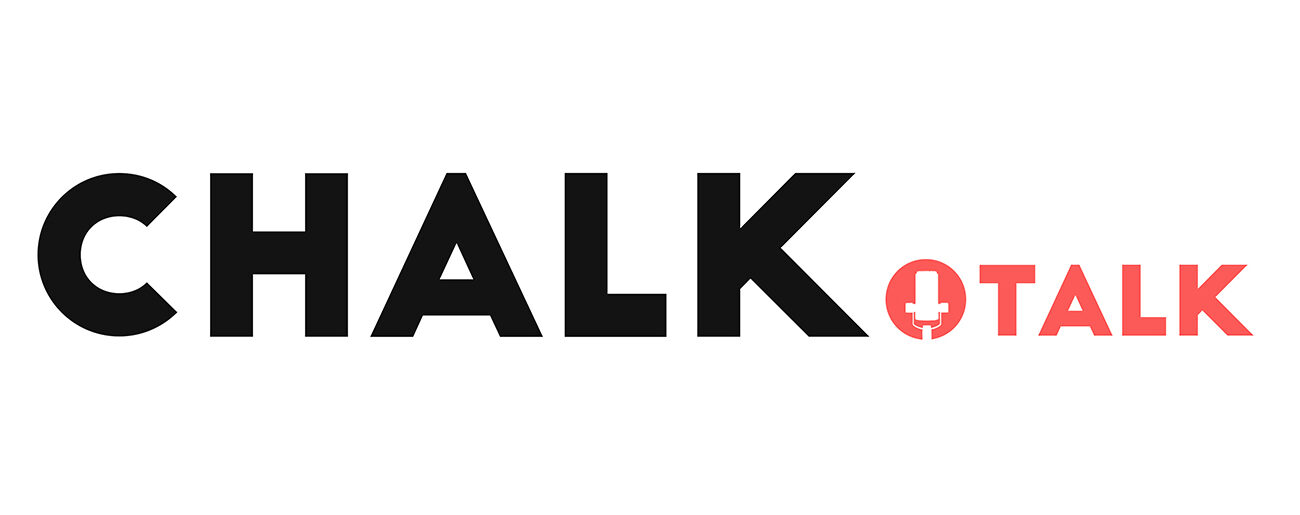

There are many benefits to a strong DtC program including control of brand consistency, building strong relationships with loyal consumers and larger profit margins. Fredrickson’s research has found that wineries enjoying the most success with DtC programs are those with a production size of less than 4,000 cases. While placement at Costco might seem unattainable, success is certainly within reach for a small winery that strikes an efficient balance between DtC and wholesalers in the proper markets. If you don’t have the quantity of product to make up for the low margin, your brand and your wholesaler cannot be profitable. In order to thrive in that space, your brand needs to be able to operate at a low margin. From a wholesaler’s perspective, if your winery is not producing at least a half a million cases a year your chances of getting placement in a large retail chain is very low. The “whole different world” Hinman referenced when discussing the role of smaller wineries in today’s marketplace is the “world” of big box retail. The session was moderated by Ken Fredrickson, founder of Chicago-based wholesaler Tenzing Wine and Spirits and investor in Brewer-Clifton Winery in the Santa Rita Hills. The panel consisted of four experts in different areas of the industry: Bobby Stuckey, Master Sommelier at Frasca in Boulder, Colorado and Co-Owner of Scarpetta wines Chris Poppy, VP/General Manager of Chatterbox Marketing and John Hinman of Hinman & Carmichael LLP, an authority on beverage law in the United States. The “DtC and 3T” session at ShipCompliant’s 10th Annual Direct Sales Conference in Napa brought together a power panel of the wine industry’s experts to discuss sales strategy and effectively allocating resources towards DtC and wholesale sales channels. “If your winery is producing less than 150,000 cases a year you are operating in a whole different world,” said John Hinman of Hinman & Carmichael LLP, an authority on beverage law in the United States. The state’s notoriety for high quality winemaking continues to spread across the world, however the majority of Oregon wineries only produce less than 5,000 a year.
Chatterbox wine marketing for free#
You can buy my book on Amazon, How to Get Anything Free – or I’ll give it to you for free if you sign up for the GimmiEclub, our free daily email.Striking a balance between direct-to-consumer (DtC) and the three-tiered system is becoming increasingly important in Oregon wine country. Not to be confused with “free with a review.” See our big list of Product Test opportunities and learn more here. Often, product tests require that you try the item and review it or tell them what you think of it. And product tests always have a limited supply of free things, so you’re applying to get the freebie but it’s not guaranteed.

But, since they’re usually full-size products and more valuable items, it’s worth it! Sometimes there may be a short survey so that you can be matched up with the products and/or companies looking for people like you. Conversely, with product tests you have to apply and be chosen. For example, with easy freebies you only have to give your shipping info.

Product Tests have a few more steps than easy freebies.

Apply for the Maison Louis Jadot Wrap Up the Season with Jadot Wine Party on Ripple Street If you love trying new wines, then don’t let this one slip by. Just in time for the upcoming holiday season. Here’s a new Ripple Street Chatterbox to sign up for. 1.4 Don’t miss another freebie! Get Instant Freebie Alerts here! Find the Newest Freebies posted here! Then, JOIN all of our FB Groups!


 0 kommentar(er)
0 kommentar(er)
